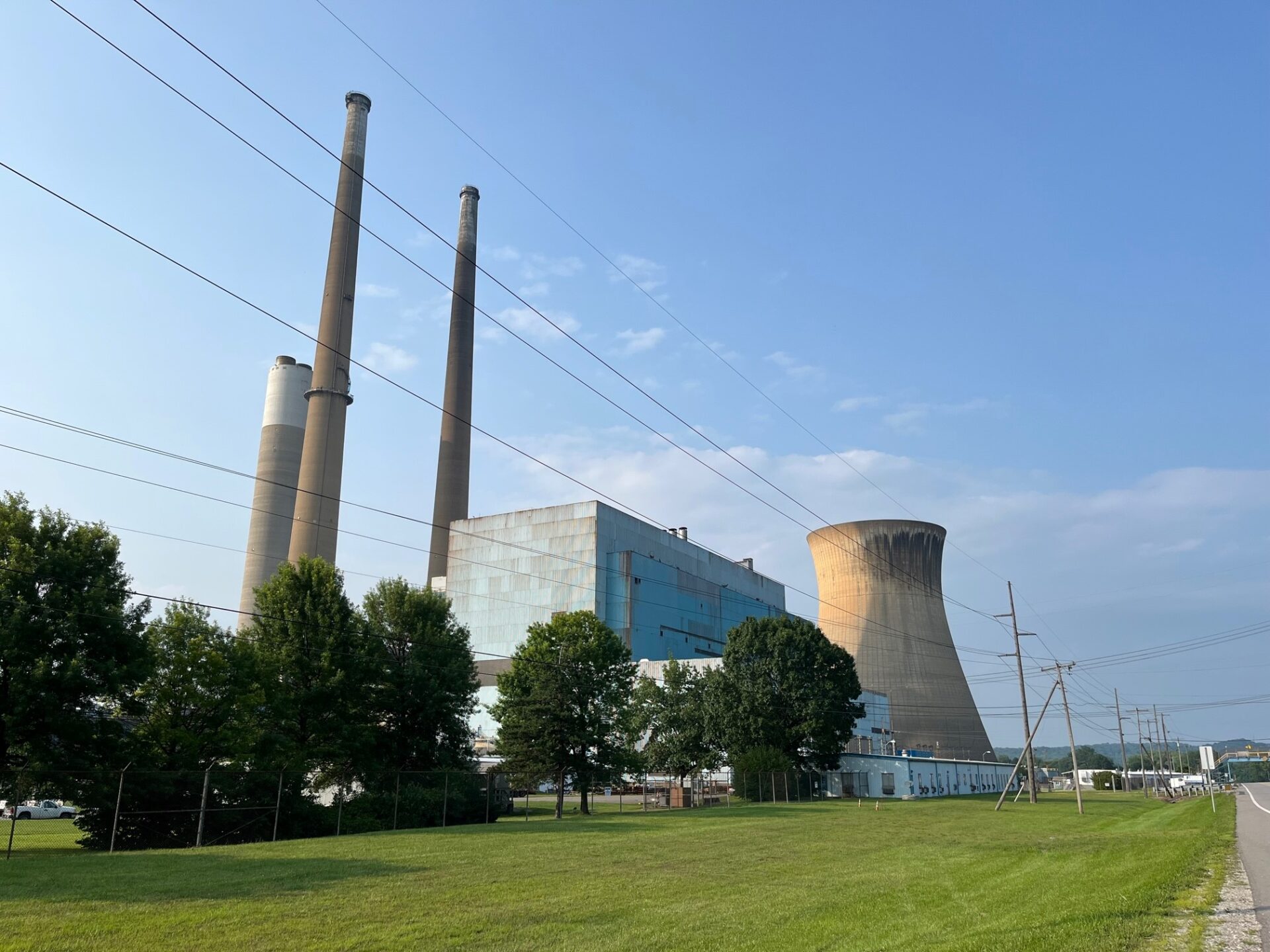Hope Gas has asked the Public Service Commission to block another supplier from providing gas to the Pleasants Power Station.
The Pleasants Power Station was sold last year to a California Company, Omnis Technologies, that plans to produce graphene and graphite and run the power plant on the hydrogen byproduct.
That will require a lot of natural gas: 100 million cubic feet a year by the end of 2025. The plant, now Quantum Pleasants, told the PSC in a Wednesday filing that Hope Gas cannot supply that volume.
Instead, Quantum Pleasants is talking to a pipeline developer, Icon New Energy Pipeline, about an agreement to supply the plant with the volume of gas it needs and at a lower cost than Hope.
Hope wants the PSC to review whether the arrangement would violate state law because the plant is an existing customer.
Omnis said the law doesn’t apply because the company has never been a customer of Hope. It asked the commission to dismiss Hope’s request.
In its own filing Wednesday, Icon said the PSC does not have jurisdiction over the company except for pipeline safety. It told the commission it supported the Omnis motion to dismiss.
The potential closure of the Pleasants Power Station, which dates to 1979, caused considerable outcry from lawmakers.
The plant shut down, briefly, last June but was reactivated when Omnis agreed to buy the plant from Energy Harbor.
State lawmakers had passed a resolution urging Mon Power to purchase the plant. The sale to Omnis made it moot.
